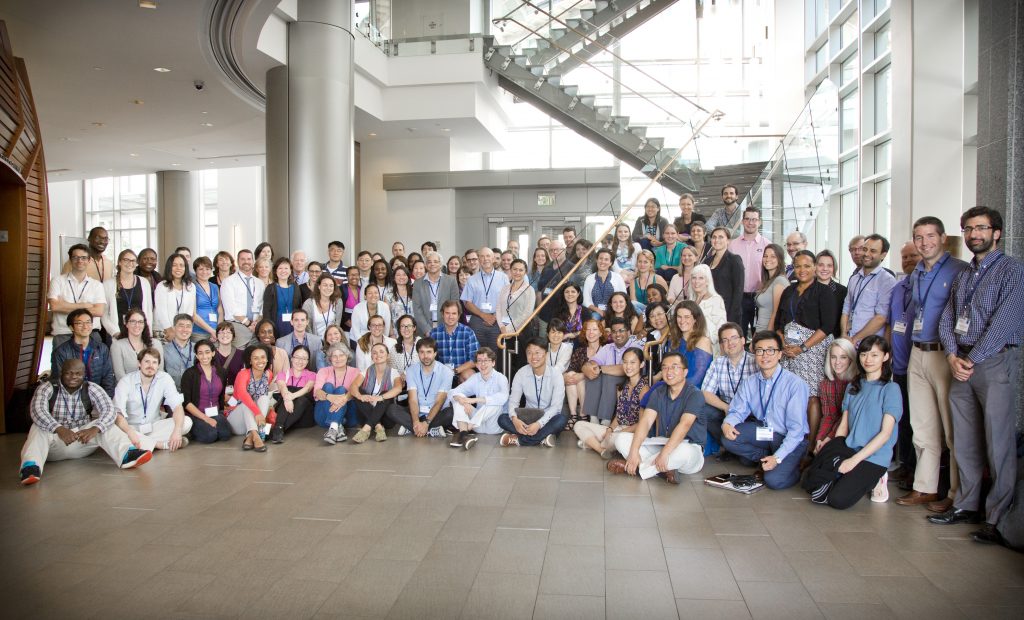
by Bridget Hanna
The “Exposome,” a term coined by Christopher Wild in 2005, describes “environmental exposures” as basically anything that is not “genomic.” As such the concept, which has caught the imagination of many, including some major government agencies, has both structurals dangers for exclusion of certain exposures and vast potentials for their inclusion. SSEHRI member will already know that we’ve been having an ongoing discussion about the “exposome” for at least two years – culminating soon in our coauthored paper The Socio-Exposome: Advancing Exposure Science and Environmental Justice in a Post- Genomic Era[1].
While the Socio-Exposome paper focussed primarily on concerns about the exposome as potentially “molecularizing” inequality, I also took an interest in both its’ potentials, and what scientists who “do” exposomics” are actually doing. It was for this reason that I traveled to Atlanta this summer to attend a weeklong course/conference on “exposomics” at Emory University.
I can report that those concerned about the “molecularization” of exposure are, for the time being, not wrong. Of the total number of sessions in the course, nine were on data management and databases; seven were on “internal exposome” biochemical techniques and topics; and six were general lectures. These covered exposomic history, institutional relationships to exposomics (both FDA and NIEHS sent representatives), and even some cautionary tales about big biology dreams gone wrong, courtesy of Christopher Austin, Director of NCATS.
There just one lonely report and analysis of what Wild called the “external exposome” – that is exposures in the world rather than in the body. This was a lecture from Michael Jerrett of the UC Berkeley SPH, who described attempts to do exposomic monitoring of the Porter Ranch Natural Gas Leak Disaster. Though his project was not based in community collaboration, he suggested at the end of his talk – much as we did at the end of our paper – that a more successful approach to this kind of work “will require much more unconventional collaboration (community, scientists, industries).”
All in all though, I think that the unevenness of the course’s contributions reflects more on the involvement of others – people in public health, sociology, anthropology, or community groups, for example – than on the disinterest or failures of the largely hopeful, interdisciplinary, and open-minded scientists who made up both the lecturers and the attendees of the course. I presented a poster on our paper on The Socio-Exposome and mainly got feedback such as (from a bioinformatics student) “This is amazing! How can I incorporate it into what I do?” The “internal” focus also had to do with the location of the conference. The HERCULES[2] center, run by Gary Miller, has a special focus on the “internal exposome.” But it was a shame that there were no major presentations from HELIX or the Public Health Exposome, both of whom do more work on the “external exposome.”
In sum, I learned a lot at Emory, really enjoyed myself, and came out of the conference optimistic and inspired. The problem isn’t that anyone is is policing the borders of the exposome. It’s that not enough people have gotten in the game.
[1] By Laura Senier, Phil Brown, Sara Shostak (Brandeis), and Bridget Hanna. Forthcoming from Environmental Sociology in Fall 2016.
[2] The conference was primarily supported by HERCULES and their NIEHS grant: P30 ES019776y.